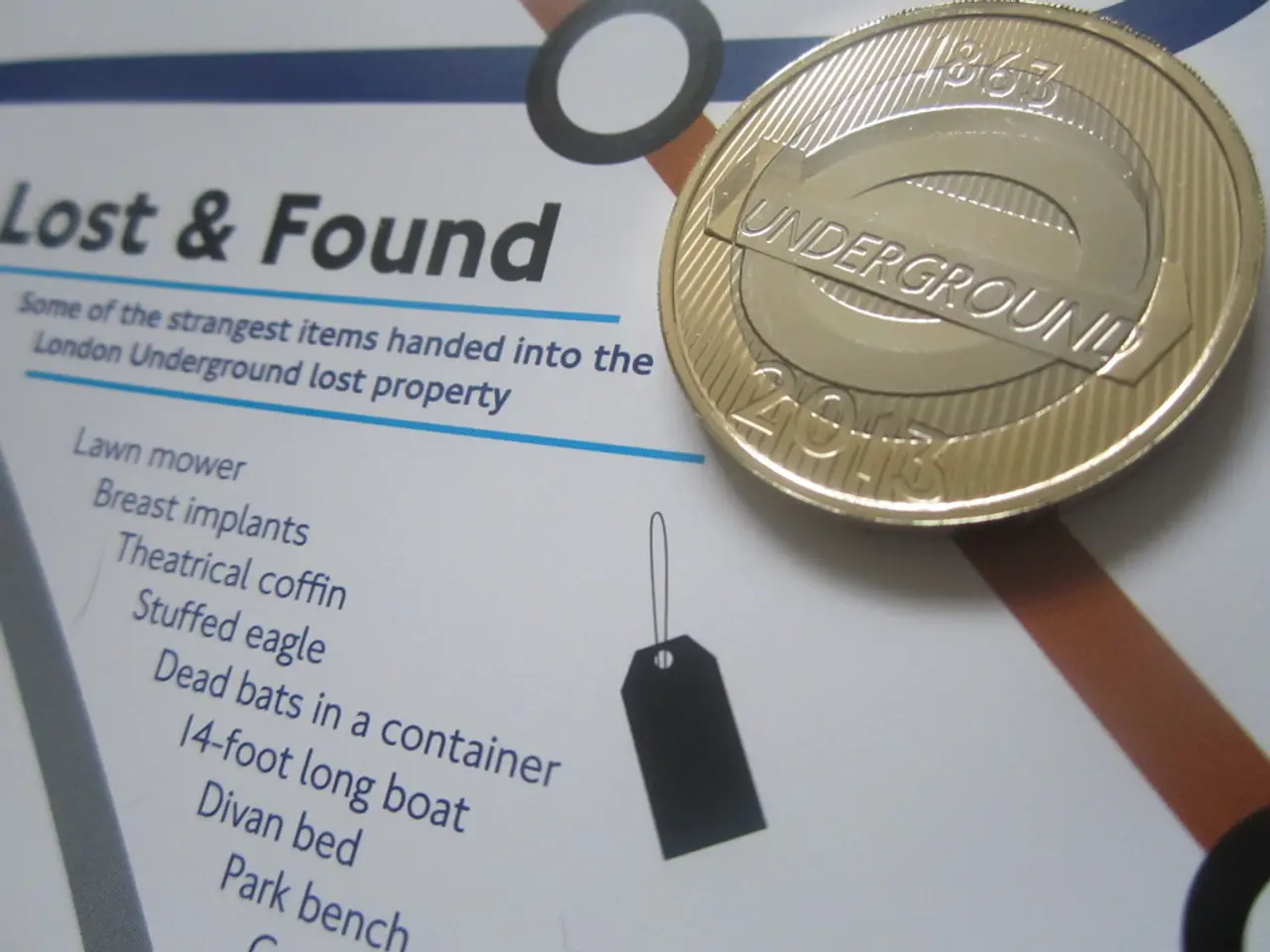Developing a Product Strategic Plan [Including Templates]
Creating Effective Product Roadmaps: A Comprehensive Guide
Product roadmaps are essential tools for businesses seeking to map out the vision, direction, and evolution of their products over time. This article outlines the key components, design elements, and steps involved in creating an effective product roadmap.
Key Components of a Product Roadmap
A product roadmap comprises several essential elements, including the Product Vision, Goals, Initiatives, Features, Strategy, Metrics/KPIs, Timeline, Dependencies & Milestones, and Design Elements.
- Product Vision: A forward-looking description of how the product will develop.
- Goals: Clearly defined objectives with deadlines and measurable success metrics.
- Initiatives: Broad sets of actions required to achieve goals.
- Features: Specific product functionalities linked to goals.
- Strategy: The detailed plan that guides execution of initiatives and goals.
- Metrics/KPIs: Measures of progress and success against goals.
- Timeline: Timeframes for goals, features, and milestones that provide structure to the roadmap.
- Dependencies & Milestones: Identification of dependencies and key checkpoints to track progress.
Design Elements and Tips
- Choose an appropriate format: Depending on audience and purpose (e.g., timeline view, Kanban, goal-based).
- Keep it simple and clear: Although the roadmap contains complex info, it should be straightforward for stakeholders to understand.
- Emphasize goals and benefits: Motivate the team and stakeholders by highlighting how milestones contribute to product success.
- Use prioritization frameworks: Methods like RICE (Reach, Impact, Confidence, Effort) or value vs. effort to decide what to build first.
- Include measurable metrics: Every goal should have criteria to measure success.
- Flexibility: Continuously update the roadmap with new data and changing priorities.
- Collaborate with stakeholders: Engage internal teams and external parties to maintain alignment.
Step-by-Step Instructions
- Planning Phase:
- Research user problems and analyze competitive landscape.
- Define strategic goals aligned with product vision.
- Determine success metrics (KPIs).
- Prioritize initiatives and features using frameworks like RICE.
- Building Phase:
- Select a roadmap format suitable for the audience (timeline, theme-based, etc.).
- Map prioritized goals, initiatives, and features visually.
- Identify and mark dependencies and milestones.
- Assign timelines and resources.
- Presenting Phase:
- Communicate the roadmap clearly to stakeholders.
- Explain how each element links back to strategic goals.
- Use tools (e.g., Trello, Jira, Asana) for progress tracking.
- Maintain flexibility by revising the roadmap regularly based on feedback and market changes.
Additional Best Practices
- Incorporate customer feedback and market research to ensure relevance and competitiveness.
- Address security, scalability, and regulatory compliance early in the roadmap.
- Be realistic about resource constraints such as budget and team capacity.
- Utilize the roadmap to improve cross-functional collaboration and optimize resource allocation.
By following these best practices, businesses can create product roadmaps that align with business goals, communicate effectively, and adapt to changing conditions. The product manager is typically responsible for the product roadmap, collaborating with stakeholders such as engineering, marketing, and leadership to align the roadmap with business goals. External stakeholders are typically interested in a higher-level view of strategic initiatives, while internal members of the product team want a more granular view of specific features and tasks. A strong product roadmap includes components such as Product Vision, Strategy, Themes or Initiatives, Features, Timeline, Metrics, and Flexibility. Arrows can indicate dependencies among tasks in a product roadmap, while diamonds represent milestones in a Gantt chart. Product roadmaps are produced by business owners or managers to communicate product strategies, tools, and initiatives to both product developers and external stakeholders. Bold outlines can highlight critical tasks or paths in a product roadmap, and eliminating unnecessary detail is recommended for building a product roadmap. Product roadmaps can help inform marketing growth strategies and can be used alongside other business plans like the marketing plan and the business plan.
- In the context of business finance, a product roadmap can be a valuable tool for allocating resources effectively, as it helps prioritize initiatives, features, and tasks based on their expected impact and effort.
- The integration of technology, such as project management tools like Trello, Jira, or Asana, can aid in the creation and maintenance of an effective product roadmap, ensuring a clear communication flow among internal teams and external stakeholders, and facilitating tracking of progress.




